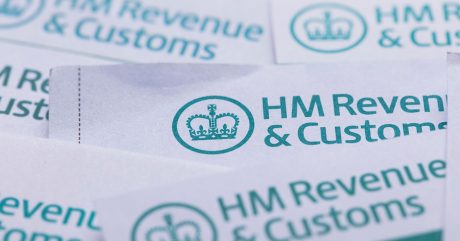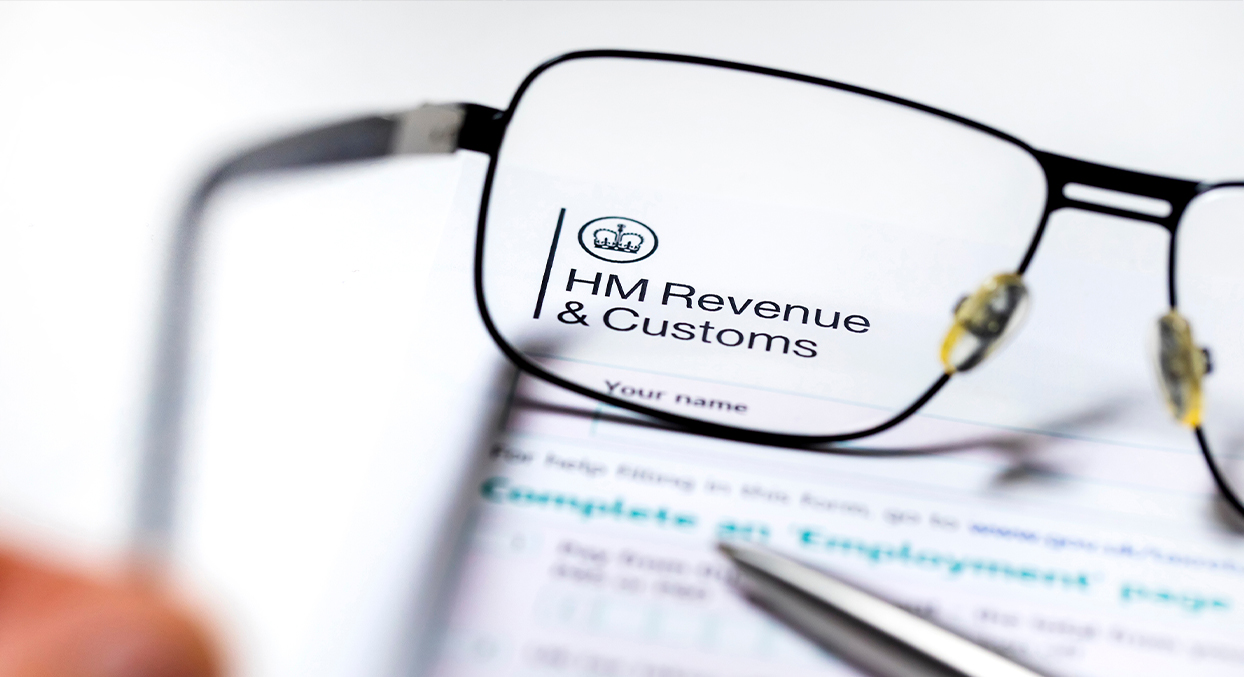In an article first published by Taxation (subscription required) on 31 July, Matthew Greene and Anastasia Nourescu consider a judicial review claim brought on the basis that HMRC visits created a legitimate expectation that the taxpayer was applying the correct VAT treatment.
The higher courts have issued several judicial review decisions recently, many of them considering legitimate expectation as the main ground for review. While there are notable successes, many cases have been unsuccessful, illustrating the challenges in overcoming each of the hurdles to establish a legitimate expectation.
The case of R (on the application of Realreed Ltd) v HMRC [2023] EWHC 1572 (Admin) (‘Realreed’) falls into the latter category. The technical issue revolves around whether supplies of serviced accommodation should be taxable or exempt, which depends on whether the supplies are of residential or holiday accommodation. The case will be heard by the First-tier Tribunal later this year.
The High Court dealt purely with the question of whether HMRC VAT visits could create a legitimate expectation that HMRC had accepted the VAT treatment applied by the taxpayer in circumstances where it did not specifically say so during or after those visits.
Legitimate expectation: a brief recap
The principles of legitimate expectation have been the subject of numerous judicial decisions, which have gone some way towards clarifying when an expectation may arise and in what circumstances it is breached. The basic principles at a high level are:
- There is a general presumption that taxpayers must pay the tax they owe.
- In the case of self-assessed taxes, such as VAT, there is an additional presumption that taxpayers must determine and apply the correct tax treatment and submit correct tax returns on the basis of that treatment.
- HMRC’s role is to collect taxes, although it has discretion as to how it does so under its collection and management powers.
- A legitimate expectation can be created by an express or implied representation or by an established practice or policy.
- The representation must be clear, unambiguous and devoid of any relevant qualification.
- Where a legitimate expectation has been created, the court must decide whether it would be unfair and unreasonable in the Wednesbury sense for HMRC to depart from it.
- In most cases, for the court to give effect to a legitimate expectation, the taxpayer must show that they relied on the representation to their detriment.
Background to the case
Realreed Ltd (‘Realreed’) is a real estate operations and development company. It purchased the freehold of Chelsea Cloisters, a block of flats in Sloane Avenue, London, in 1989. Most of the flats were let on long leases, while some were let as serviced accommodation. At the time of purchase, Realreed took the view that the supply of serviced accommodation was exempt and accounted for VAT on it accordingly.
In 2019, HMRC issued a decision that the supplies were standard-rated rather than exempt and issued assessments. Realreed appealed the decision and assessments to the First-tier Tribunal (‘FTT’) and, at the same time, challenged them by way of judicial review. It applied to stay the judicial review claim behind the FTT appeal, but its application was refused.
Realreed’s main argument centred on legitimate expectation. However, it also sought to argue that the issuing of the assessments was so conspicuously unfair as to amount to an abuse of power. The High Court dismissed this argument, relying on R (Gallaher Group Ltd) v Competition and Markets Authority [2019] AC 96 to hold that substantive unfairness is not a ground for judicial review. In any event, the court did not consider the assessments to have been unfairly issued. The court gave equally short shrift to the claimant’s arguments that the assessments breached the general principles of European Union law or its rights under Article 1 of Protocol 1 to the European Convention on Human Rights.
Interaction with the FTT appeal
The High Court ran into difficulties in considering the legitimate expectation argument due to the ongoing FTT appeal. Realreed asked the court to decide the case ‘on the hypothetical basis that the Liability Decision was correct, but without there being any agreement as to why the Liability Decision was correct’. This posed a conundrum for the court. It resolved this by making no determination as to whether Realreed had fully disclosed all material facts during the visits or whether its circumstances had changed materially during the time it applied the exemption, leading to a change in the correct VAT treatment.
Did a legitimate expectation arise?
The High Court’s starting point was to consider what happened during and after HMRC’s inspections. The court made the following findings of fact:
- Realreed did not request, and HMRC did not provide, any assurance that its VAT treatment of the supplies of serviced accommodation was correct.
- HMRC did not consider and did not state that it was considering whether the supplies were exempt. The High Court thought it should have done so, but that did not affect the question of whether a legitimate expectation was created.
- The HMRC officers did refer to the supplies as exempt and carried out partial exemption calculations on the basis that the supplies were exempt.
- HMRC did not make any decision or in any way confirm the VAT treatment applied by Realreed in the follow-up letters issued after the inspection.
Although HMRC was not completely silent on the VAT treatment applied by the taxpayer, the threshold of clarity and certainty that would give rise to a legitimate expectation was not met. VAT is a self-assessed tax. It is for the taxpayer (especially for a sophisticated taxpayer) to determine the correct VAT treatment and reflect that in its returns rather than for HMRC to advise on the tax position. As the sums involved were significant, Realreed would have had an even greater incentive to make sure its VAT treatment was correct, including by asking HMRC for assurance or even a formal VAT ruling. The fact that it failed to do so was fatal to its claim.
Detrimental reliance
Despite this conclusion, the High Court went on to consider in the alternative whether, had a legitimate expectation arisen, the claimant had relied on it to its detriment.
In many legitimate expectation cases, it is taken as read that for a taxpayer to challenge a decision successfully, they must show that they relied on the legitimate expectation to their detriment. However, this case is a reminder that this is not always the case. The claimant relied on Rowland v Environment Agency [2005] Ch 1 (‘Rowland’) and R (on the application of Bancoult) v Secretary of State for Foreign and Commonwealth Affairs [2009] AC 453 to argue that it is not necessary for it to prove detrimental reliance to enforce a legitimate expectation.
The court accepted that there can be cases where a claimant may succeed in a legitimate expectation claim without showing detrimental reliance but held that this was not such a case. In reaching this conclusion, the court pointed to the judgment of Lord Justice Mance in Rowland, which states that ‘the significance of reliance in this area should not be understated’. Lord Justice Mance also distinguished between two types of legitimate expectation: those stemming from government statements affecting the public at large and those affecting a specific individual. In the latter case, a person who had not clearly understood and accepted a representation could not have a legitimate expectation.
The High Court held that the claimant had to show detrimental reliance and had failed to do so for two reasons. Firstly, the claimant had not relied on HMRC’s representation. VAT is a self-assessed tax and, as a result, the burden of determining the correct VAT treatment of its supplies rests with the taxpayer. The fact that HMRC has not challenged the taxpayer’s treatment does not shift that burden to HMRC. In any event, there could not have been any reliance as the claimant did not do anything as a result of HMRC’s conduct; even if the VAT visits had not occurred, it would have continued to treat its supplies as exempt.
Secondly, the court held there was no detriment to the claimant. It did not accept that the claimant would have adjusted its business to bring its supplies within the exemption, as it had not done so in the four years since the decision was issued. It also found that the claimant would have charged the same rent regardless of the applicable VAT rate, as hiking its prices would have been uncommercial.
What can taxpayers do?
As with most legitimate expectation cases, the High Court’s decision was highly fact specific. In particular, the court was not impressed with Realreed’s failure to ask HMRC for assurance as to its tax position during the visits. There may also have been a perception that the taxpayer had ‘got away’ with treating its supplies as exempt for over 25 years, and the court was perhaps not minded to extend that period by another four years. It is entirely possible the court could reach a different conclusion on different facts involving an HMRC inspection.
Despite the particularities of this case, its outcome is liable to cause some confusion. Taxpayers may be left wondering when they can rely on an HMRC visit as confirmation that the tax treatment they are applying is correct. To avoid a similar fate to that of Realreed, taxpayers faced with an HMRC inspection should consider taking the following steps:
- Clarify the scope of the visit. Taxpayers and advisers should write to HMRC in advance of the visit to clarify its purpose and confirm the same at the start of the visit. This includes going through the different aspects of the taxpayer’s tax affairs and clarifying which points the HMRC officers wish to review.
- Put all cards on the table. It is important to provide all the information and documentation HMRC needs to reach an informed view of the correct tax treatment. HMRC will most likely not be held to a decision made on the basis of incomplete information provided by the taxpayer.
- Keep records. Taxpayers and advisers should keep a detailed record of the visit and any information provided to HMRC. They should also request written confirmation of the outcome of the visit and any next steps from HMRC. Records should be kept for many years. In Realreed, the court took a dim view of the fact that the taxpayer could not provide evidence of how it had reached the conclusion that its supplies were exempt and what representations HMRC made during its visits, even though these events took place up to 30 years ago.
- Request a ruling. Taxpayers wishing to remove any doubt that they are applying the correct tax treatment can, in certain circumstances, apply to HMRC for a non-statutory clearance. Some decisions issued under this route are appealable to the First-tier Tribunal, while non-appealable decisions can be challenged by way of judicial review. While such rulings are not necessarily binding, they can provide a strong basis for a legitimate expectation claim if HMRC resiles from the position in the clearance decision. A clearance decision can also provide the taxpayer with a greater degree of certainty and allow it to make any necessary changes to its business to achieve a different tax treatment.
You can find further information regarding our expertise, experience and team on our Tax Litigation and Resolution page.
If you require assistance from our team, please contact us.
Subscribe – In order to receive our news straight to your inbox, subscribe here. Our newsletters are sent no more than once a month.







